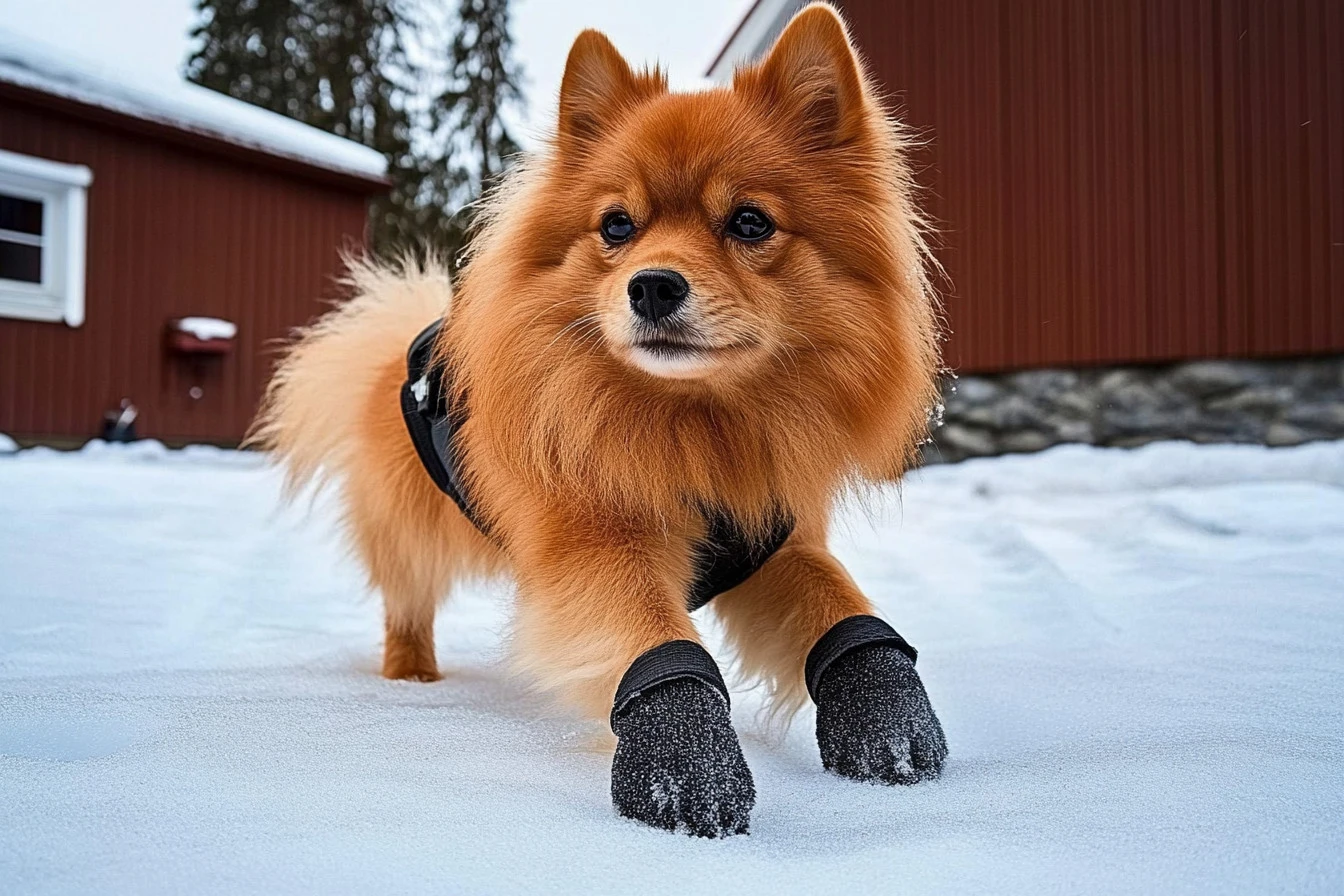How to Keep Your Dog's Paws Safe This Winter: 10 Expert Tips
For pets and their owners, winter can be a terrific time of year, but wit hthe expected cold weather also comes some risk factors in regard to the paws that our furry friends rely on everyday. The problem is ice, snow, and salt can all cause discomfort or injuries. 10 Tips from the Experts For Happy Paws in Winter (And How to Protect Them)
1. Regularly Check Their Paws
Check your dog's paws for damage before and after his workout. Check for tears, split pads as well as anything foreign like ice or salt that can get stuck in between your dogs paw.
2. Keep Fur Trimmed
Snow and ice can become stuck in the long hair between their toes, causing discomfort. Keeping the fur shorter by regular grooming and helps prevent ice balls.
3. Use Dog Booties
A pair of dog booties is a great tool for defending your pet against harsh surfaces. You slip them over your pet's paws to protect from the ice and snow — even salt.
4. Apply Paw Balm
Paw balms specifically are designed to help create a barrier on your dog’s paws. Protective barrier, especially when it comes to protecting from salt and other irritants Always go with a product for pets specifically.
5. Limit Exposure
On days that are very below zero, limit outdoor time. Shorter walks will minimize the risk of frostbite and other cold injuries.
6. Clean Their Paws After Walks
Put this as a part of routine and clean your dogs paws each time you come to home. This will be helpful in removing the salt, chemicals or debris which could make them purely irritated. Simply wipe with a damp cloth, and you are good to go.
7. Keep Them Hydrated
Proper hydration will also maintain skin elasticity, which logs in with their paw pads. Show them to refresh water at all times and keep hydration consistent.
8. Monitor Their Weight
Maintaining an ideal weight can also benefit your dog and lead to a healthier paw. More weight equals more pressure on their pads and older injuries so a sensible diet with appropriate exercise is important.
9. Use Pet-Friendly De-icers
If you have the need to use de-icing agents, there are plenty of options that do not harm pets. Generic salts and chemicals may be harmful if ingested and even when in contact with the skin of your dog.
10. Consult Your Veterinarian
If you see any ongoing paw problems with your dog, contact a veterinarian. They are also able to offer specific advice or treatments that can help you keep your dogs’ feet in optimum condition.
Take action with these expert tips and keep your furry friend hobbling happily, comfortably at the ready to embrace all that winter can chuck its way.





